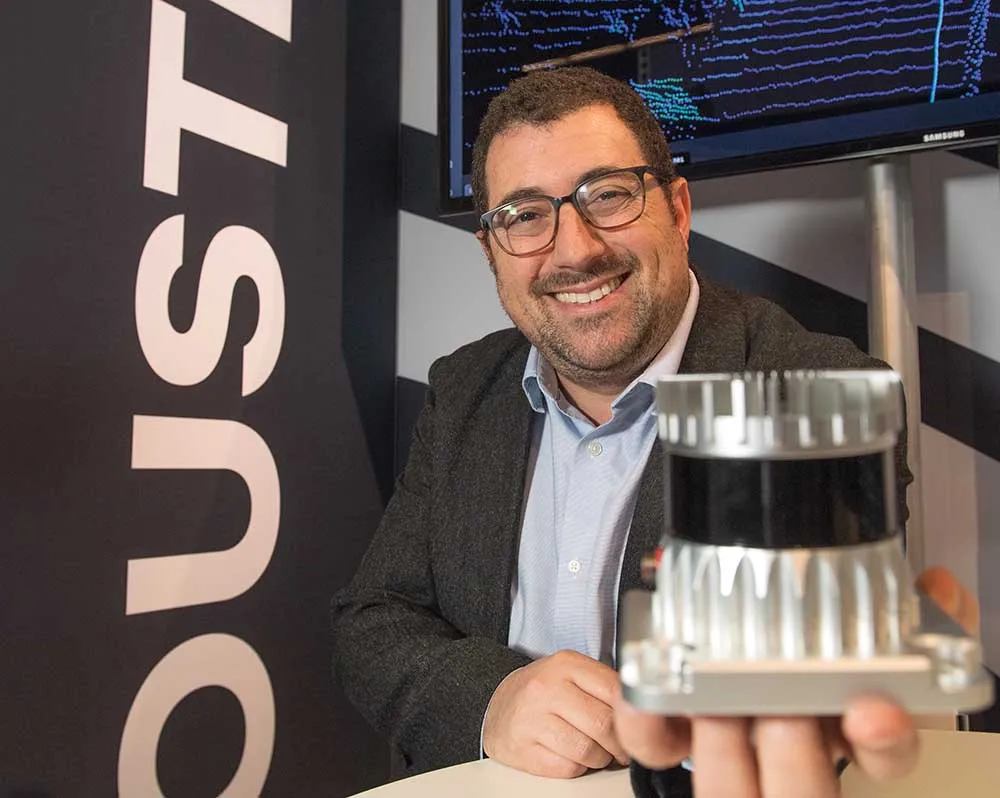
The designer and manufacturer of self-adhesive stencils for road markings has responded swiftly to the new regulations, which specify that guidelines on streets should be uniform nationally and consist of three or four stripes 30mm wide, separated by 25mm gaps, raised 5mm above the road surface.
This standard design is designed to be visible to the partially-sighted and able to be felt with a stick.
Ubi-Sign has designed a series of stencils, being shown at Intertraffic for the first time. The stencils are laid, protective backing and pre-cut sections removed to give the required pattern, and a special resin poured over the stencil.
After the resin has set, the remainder of the stencil is removed, leaving the resin on the road in the required pattern.
“It’s been very successful,” said Ubi-Sign manager Jean-Marc Nunez. “We’re the only company making this. It’s a completely original product.”
Other companies used a prefabricated product that was stuck directly on the road, said Nunez, but this was all-white and did not have the same contrast against the road surface.










